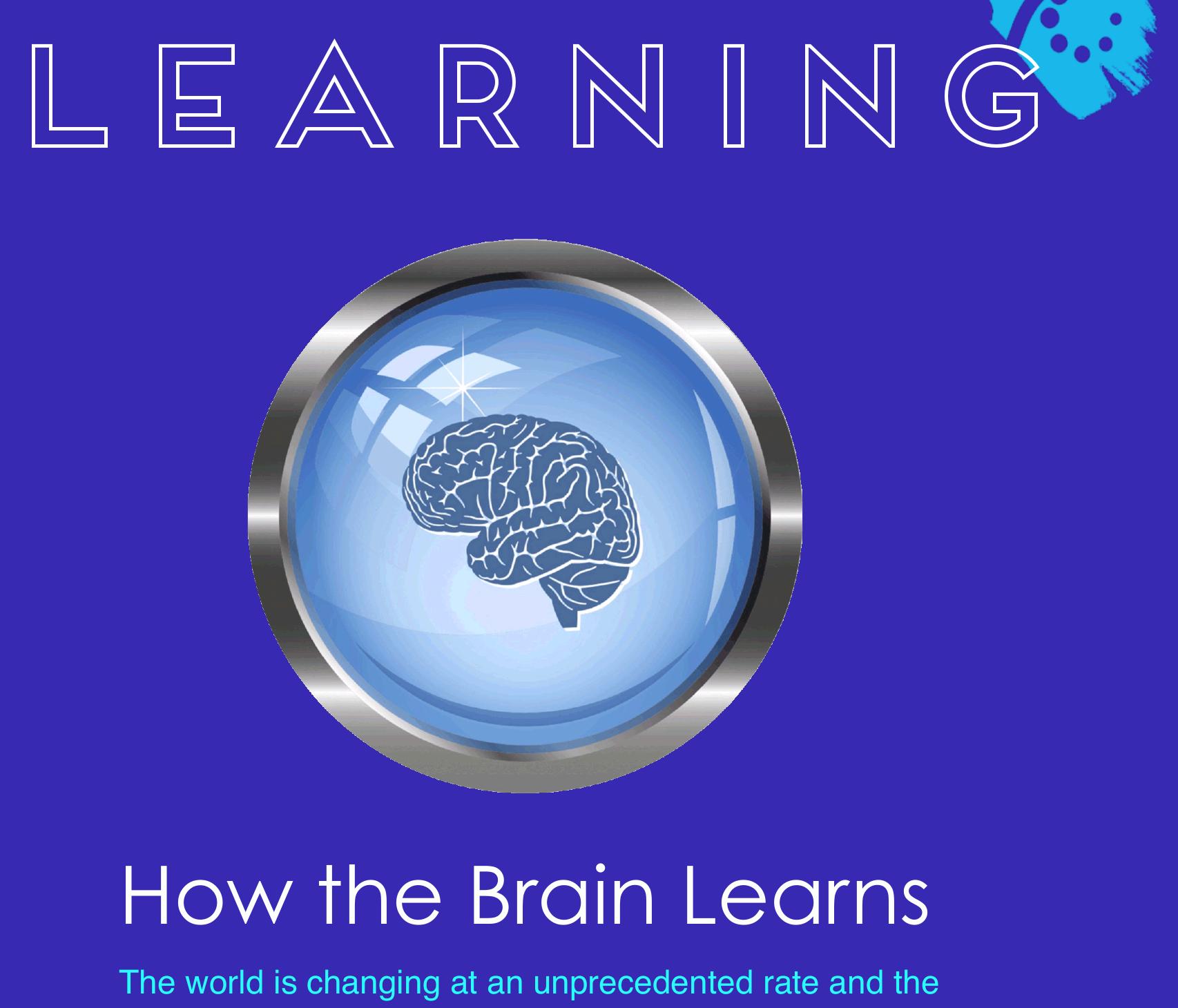
Scientists have uncovered that your brain holds a specialized neural representation that meticulously tracks the sites of rewarding experiences with GPS-like accuracy, swiftly updating when rewards shift to different locations.
Employing sophisticated brain imaging methods on mice in virtual reality settings, researchers at Stanford University discovered that particular neurons construct detailed maps indicating where positive occurrences take place—maps that remain intact even when animals venture far from rewards and adjust within minutes when reward locations are altered.
This finding sheds light on how our brains juggle two competing requirements: preserving stable maps of our environment whilst promptly adapting to alterations in where we find valuable resources. This intricate neural balancing might provide insights into both dementia and addiction.
“No matter where we relocated the reward, the reward map adjusted almost instantly,” stated Lisa Giocomo, a neurobiology professor at Stanford Medicine. “I didn’t anticipate the alteration to be so rapid.”
Two Maps, One Brain
The research team made an astonishing discovery in the hippocampus of mice—the brain region vital for memory and navigation. Instead of relying on a single mapping system, the brain simultaneously operates two distinct neural networks: one that monitors spatial locations and another that specifically tracks reward positions.
Imagine having both Google Maps and a personal dining app functioning in your mind. Google Maps provides static street layouts and landmarks. Your dining app keeps tabs on your favorite coffee shops, updating instantly when a cherished café relocates or shuts down.
To investigate this phenomenon, researchers devised a clever setup. Mice were placed on wheels while surrounded by three large screens showcasing virtual corridors—“People imagine mice donning tiny virtual reality goggles, but in reality, it’s more akin to an IMAX Theatre scenario,” elaborated Marielena Sosa, a postdoctoral scientist involved in the research.
The Neural Switch
When researchers shifted virtual sugar water to new spots, they observed real-time changes in brain activity. Two groups of neurons exhibited distinct reactions. One group sustained consistent maps of the virtual environment—monitoring walls, landmarks, and spatial relationships that remained unchanged.
Conversely, another group of neurons altered their activity patterns almost instantly when rewards relocated. These “reward-relative” neurons did not merely track locations near treats. They formed sequences that traversed the entire environment, sometimes covering distances comparable to several city blocks in human terms.
What was not highlighted in initial reports is that these reward maps actually strengthen with experience rather than diminish. As mice improved at the task, more neurons integrated into the reward-tracking network. The brain essentially invested additional processing capacity in mapping valuable experiences as animals learned where to consistently find food.
Key findings from the research include:
– Reward maps endure across distances akin to city blocks
– Neural alterations frequently precede behavioral changes by multiple trials
– Brain allocates more neurons to reward tracking as learning enhances
– Individual neurons can alternate between spatial and reward mapping functions
– Both mapping systems operate concurrently without interference
When Maps Go Wrong
The discovery has significant implications for comprehending human conditions. In individuals with dementia, the research suggests that these two mapping systems may become disjointed. A person might recall sitting at their kitchen table but forget whether they consumed coffee there—a disconnection between spatial awareness and reward memory.
“Someone who first tries drugs at a concert might always be prompted to seek drugs when they are at a concert, for example. That can pose a severe issue as it leads individuals in recovery to relapse in those triggering environments,” stated Giocomo. In addiction, the nexus between location and reward memories can become dangerously robust.
The timing of neural changes was particularly compelling. Updates to reward maps often occurred before behavioral changes, indicating that these brain circuits not only react to animal behavior—they assist in shaping future decisions. “The switch at the neural level was evident even prior to the shift at the behavioral level,” Sosa observed.
Flexibility Within Structure
Perhaps most astonishing was the brain’s adaptability in assigning mapping responsibilities. Neurons weren’t permanently fixed in spatial or reward roles. Instead, cells could transition functions, with spatial neurons occasionally joining the reward network when situations adapted.
This finding challenges the notion that separate brain functions necessitate dedicated, specialized circuits. Rather, it implies our brains utilize flexible networks that can swiftly reassign priorities based on what is most crucial for survival and success.
Comprehending these neural connections between spatial information and rewards could ultimately lead to therapies that diminish problematic associations in addiction or enhance supportive memories in dementia treatment.
Fuel Independent Science Reporting: Make a Difference Today
If our reporting has enlightened or motivated you, please contemplate making a donation. Every contribution, regardless of size, enables us to continue providing accurate, engaging, and reliable science and medical news. Independent journalism requires time, effort, and resources—your support guarantees that we can keep revealing the stories that matter most to you.
Join us in making knowledge accessible and impactful. Thank you for standing with us!